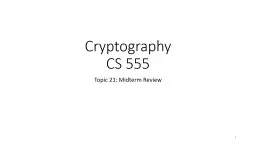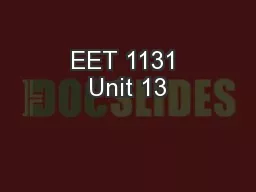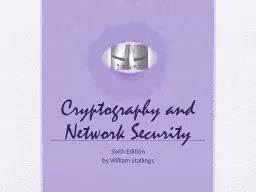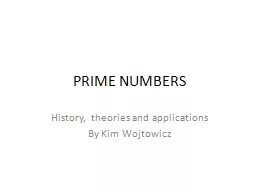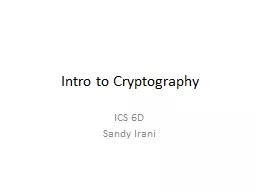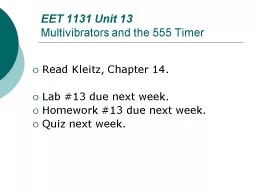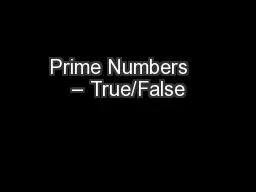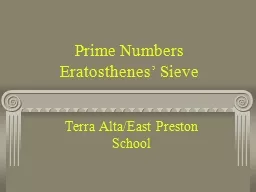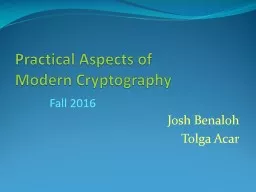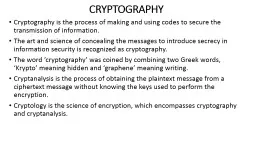PPT-Cryptography CS 555 Topic 24: Finding Prime Numbers, RSA
Author : friendma | Published Date : 2020-06-23
1 Recap Number Theory Basics Abelian Groups for distinct primes p and q 2 RSA KeyGeneration KeyGeneration 1 n Step 1 Pick two random nbit primes p and q Step
Presentation Embed Code
Download Presentation
Download Presentation The PPT/PDF document "Cryptography CS 555 Topic 24: Finding Pr..." is the property of its rightful owner. Permission is granted to download and print the materials on this website for personal, non-commercial use only, and to display it on your personal computer provided you do not modify the materials and that you retain all copyright notices contained in the materials. By downloading content from our website, you accept the terms of this agreement.
Cryptography CS 555 Topic 24: Finding Prime Numbers, RSA: Transcript
Download Rules Of Document
"Cryptography CS 555 Topic 24: Finding Prime Numbers, RSA"The content belongs to its owner. You may download and print it for personal use, without modification, and keep all copyright notices. By downloading, you agree to these terms.
Related Documents

